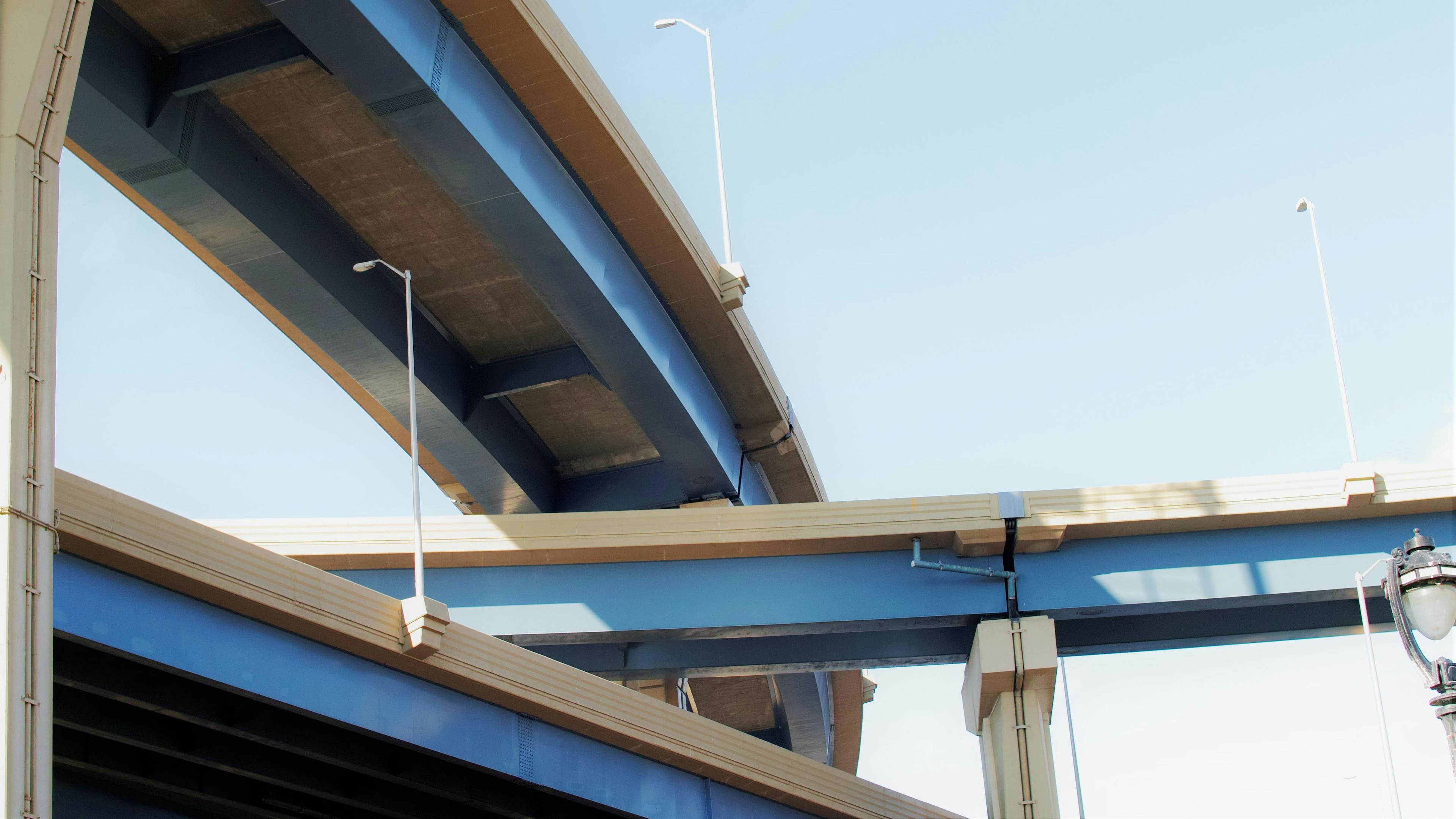6 Steps to Create a Transportation Energy Risk Management Plan


3 min read
July 20, 2022

Share:
Shippers have historically looked at three variables when designing transportation goals: cost, carrier capacity, and service. In recent years, sustainability has emerged as a fourth pillar in shippers’ business strategy as organizations set their sights on achieving net-zero carbon emissions.
But despite initial excitement around net-zeo initiatives, many shippers aren’t moving the needle on scope 3 sustainability goals. Shippers often overlook scope 3 transportation emissions reduction when designing sustainability KPIs — even though scope 3 emissions typically comprise 80–90% of shippers’ entire carbon footprint.
While measuring and reducing scope 3 transportation emissions can be overwhelming, setting reduction targets for these emissions is critical in achieving net-zero status across organizations. If shippers want to reduce their carbon footprint, they must make emissions reduction strides beyond scopes 1 and 2.
It’s time for shippers to do more than simply express a desire for sustainability progress — and address the financial and organizational barriers that block their emissions reduction actions.
As organizations prioritize cost, carrier capacity, and service in business decision-making, sustainability initiatives are often treated as optional, short-term projects instead of business imperatives. Sustainable alternatives may be considered if they don’t require additional costs — but they’re typically confined to shorter, project-based tasks that don’t involve long-term company resources.
While short-term projects may seem more doable for busy teams, sustainability bursts don’t ensure lasting progress within net-zero emissions frameworks. If shippers continue to invest only in short-term sustainability actions, they can’t participate in streamlined processes for emissions reduction decision-making over time — and they won’t be able to infuse sustainability into larger business conversations about cost, capacity, and service. This will likely result in missed opportunities for making progress toward net-zero initiatives.
Lack of external and internal communication can further exacerbate organizational roadblocks. When transportation and sustainability teams fail to collaborate, it’s difficult to clearly delineate sustainability tasks and set specific emissions reduction KPIs. And without internal specificity and alignment, organizations will struggle to build strategic, service-based partnerships with external stakeholders.
Strong external partnerships are critical in gathering scope 3 emissions data and quantifying transportation emissions output. Without these highly collaborative and strategic relationships, shippers lack comprehensive visibility into their entire emissions footprint, and transportation emissions reduction remains static. If shippers are serious about making a real sustainability impact and reducing their carbon footprint, they must prioritize internal and external collaboration — and boost stakeholder engagement.
Shippers that are serious about reducing their transportation emissions must acknowledge the organizational and financial roadblocks that stand in their way. As you analyze your organization’s net-zero initiatives and sustainability decision-making, here are 3 critical questions to ask yourself.
After answering these questions, connect with your team and explore how you can refine organizational processes to move the needle on scope 3 transportation emissions reduction.
Reducing transportation emissions can be the key ingredient for making real progress on sustainability throughout your organization. CleanMile, Breakthrough’s transportation emissions management solution, helps you achieve consistent progress by enabling ongoing emissions tracking and identifying actionable recommendations. With CleanMile, you gain a clear picture of your network’s carbon footprint and can take steps toward a more sustainable future.
Schedule a demo of CleanMile today.

3 min read
May 3, 2024
Learn the potential impacts of the May 22 Canadian rail strike on shippers and carriers and how Capac-ID can help mitigate disruptions in your supply chain.
Read more
5 min read
April 29, 2024
Explore how inflation and the Federal Reserve's interest rate policies are influencing U.S. freight demand in 2024, shedding light on key freight trends.
Read more
2 min read
April 23, 2024
Discover how Fuel Recovery and T-Fuel can transform your fuel price risk management strategy. Achieve budget certainty, maintain relations, and mitigate risk.
Read more